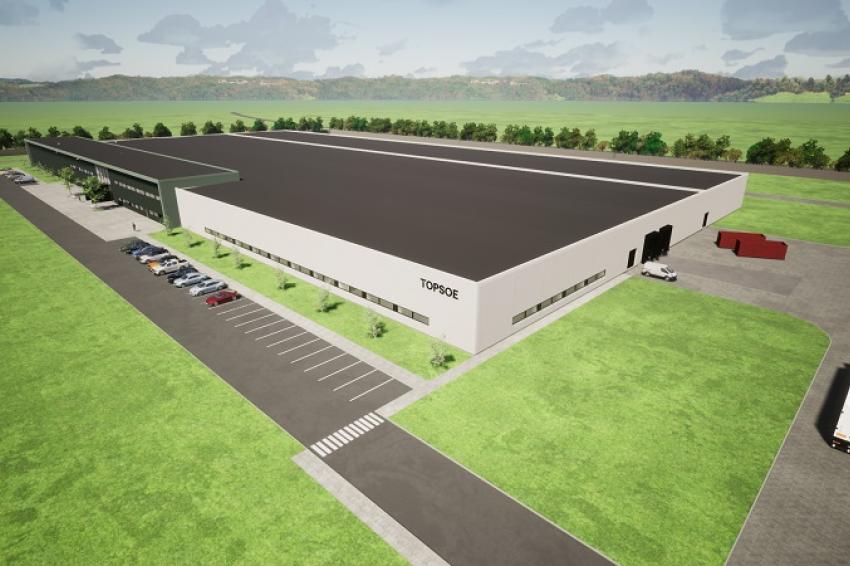Topsoe Gives Green Light for Electrolyzer Plant
With an annual capacity of 500 megawatts (MW), Topsoe said the new facility will be the world’s largest SOEC plant, marking “a rapid acceleration not just for Topsoe, but also Denmark, and the EU towards a green energy transition while reducing dependence on fossil fuels.”
Construction will start in the second half of 2022. The plant, which will provide jobs for 170 people when fully operational, will be built with the option for expansion to 5 gigawatts.
“The case for using electrolysis to produce green fuels is now well established, but manufacturing capacity has always been the challenge,” said CEO Roeland Baan. “We are dedicated to taking the lead on scaling power-to-x technology to help drive the energy transition, and we are investing over 2 billion Danish kroner to meet this demand and address this fundamental supply weakness. This is the single biggest investment in the company’s history, clearly highlighting our commitment to driving the energy transition, and we hope this huge facility will act as a catalyst for new investment in the future.”
Sundus Cordelia Ramli, chief commercial officer of the s Power-to-X division, said Topsoe already has 500 MW of pre-sold capacity and was in discussions with other potential offtake partners that find its electrolyzer technology attractive. “We look forward to being able to make more announcements in due course,” she said.
In May, Topsoe signed a joint declaration along with other industry leaders and the European Commission to commit to a tenfold increase of European electrolyzer manufacturing capacity by 2025. The declaration is part of REPowerEU, the Commission’s response to the hardships and global energy market disruption caused by Russia’s invasion of Ukraine, which plans to save energy, produce clean energy and diversify energy supplies.
Roeland Baan added: “This is a major statement of intent from Topsoe, but it is also a reality that industry cannot lead this energy transition alone. We look towards the EU and the Danish government for long-term incentives and supportive framework conditions to continue to accelerate the green hydrogen market and anchor large-scale electrolyzer production right here in the EU.”
Topsoe explained that SOEC consumes less electricity than alkaline and polymer electrolyte membrane (PEM) technologies, since the process requires less power overall – with the integration of a steam feed, the SOEC process becomes even more efficient.
Author: Elaine Burridge, Freelance Journalist





